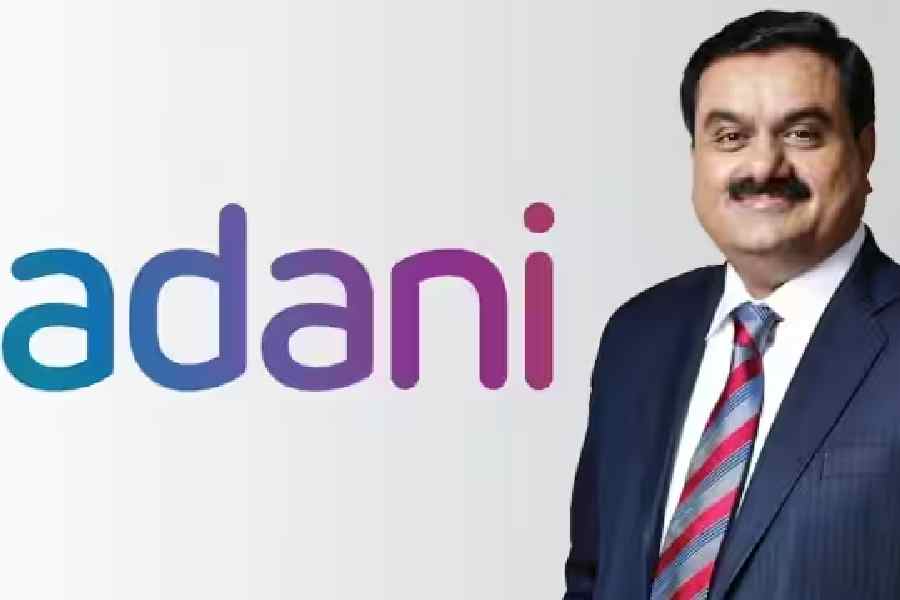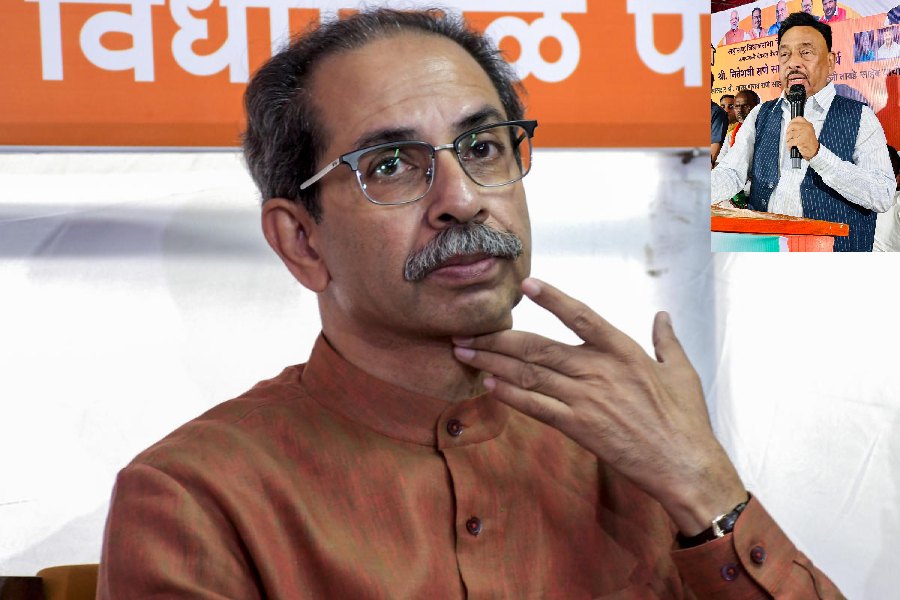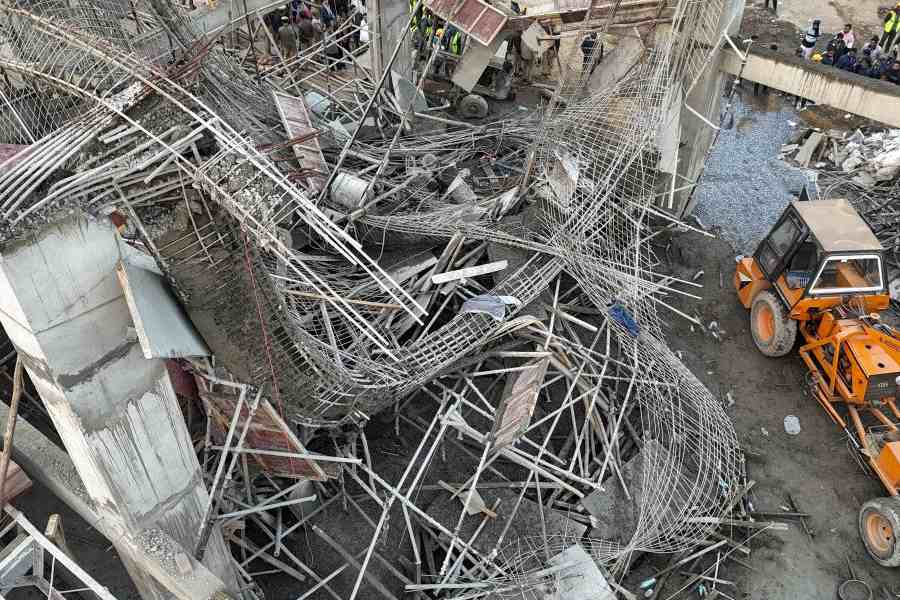Billionaire Gautam Adani's sprawling conglomerate has raised over USD 5 billion (Rs 41,500 crore) in equity and a double of that in debt this year as the apples-to-airport group made a comeback since being hit by a bombshell short seller report.
Adani, who was the world's second-richest man at the start of the year, saw almost USD 60 billion of his personal wealth erased after Hindenburg Research in a January 24 report accused his group of market manipulation and accounting fraud.
The group denied all allegations and reworked its strategy, fueling a comeback that now has the tycoon some USD 36 billion short of where he started the year and two notch and USD 12 billion shy of rival billionaire Mukesh Ambani.
Star investor GQG Partners bought stakes worth almost USD 4.3 billion in five group companies between March and August while Qatar Investment Authority (QIA) and French energy giant TotalEnergies poured in USD 770 million in renewable energy firm Adani Green Energy Ltd, according to company filings and stock exchange data.
Parallely, the promoters infused USD 4.6 billion in repaying loans against shares, servicing loans taken for cement acquisitions and supporting green investments.
While the equity raise helped shore up investor confidence, the group re-established its bankability with USD 6.4 billion of loans raised across five companies and refinancing of USD 3.5 billion debt taken to fund the 2022 acquisition of ACC and Ambuja Cement.
Alongside, it continued with its M&A, acquiring Sanghi cement for USD 431 million, 49.38 per cent in Indian Oil Tanking for USD 128 million, Karaikal port for USD 181 million and Coastal Energen for USD 420 million, filing and stock exchange data showed.
These together with scrapping of a USD 850 million coal plant purchase, reining in of expenses, and repayment of some debt were part of attempt to claw back the narrative by showcasing that equity can be raised not just from promoters but also global investors and that the group was a responsible borrower with prepayments and on-time payments of debt.
The group now prefers slow and steady growth over the breakneck, mostly debt-fueled, expansion spree of recent years. The Adani Group has rapidly diversified from its ports and coal-based businesses to airports, green energy, data centres, cement, digital services and media.
And the repayments and prepaying of borrowings, both by the conglomerates' units and the Adani family themselves, was a bid to convince investors that the group does not face any liquidity or solvency issues despite seeing almost USD 150 billion rout in market value at one point of time.
The strategy seems to be paying off with share prices of some of the 10 listed companies recovering all of the Hindenburg losses.
But on a cumulative basis, Adani Group's market cap is about 25 per cent below its previous record of Rs 19.23 lakh crore, reached before the Hindenburg Research report published on January 24. This has been helped by Supreme Court observations that Hindenburg's report could not be considered as "credible" and nor should media reports be treated as "gospel truth" as also the US government's dismissal of the charges.
The Adani Group plans a Rs 7 lakh crore capital expenditure over the next decade for expanding its infrastructure business, according to a recent investor presentation by company management.
Six companies, including power, ports, and airports, aim to utilize bond markets for funding. Around 80 per cent of funding will come from global debt issuances, with the remainder from domestic sources.
The surge in Adani Group stocks boosted Chairman Gautam Adani's wealth, reaching USD 84.3 billion, according to the Bloomberg Billionaires Index.
This propelled him to the 15th position in the global rich list. Mukesh Ambani of Reliance Industries Ltd is ranked 14th with a wealth of USD 96.3 billion.
Except for the headline, this story has not been edited by The Telegraph Online staff and has been published from a syndicated feed.











